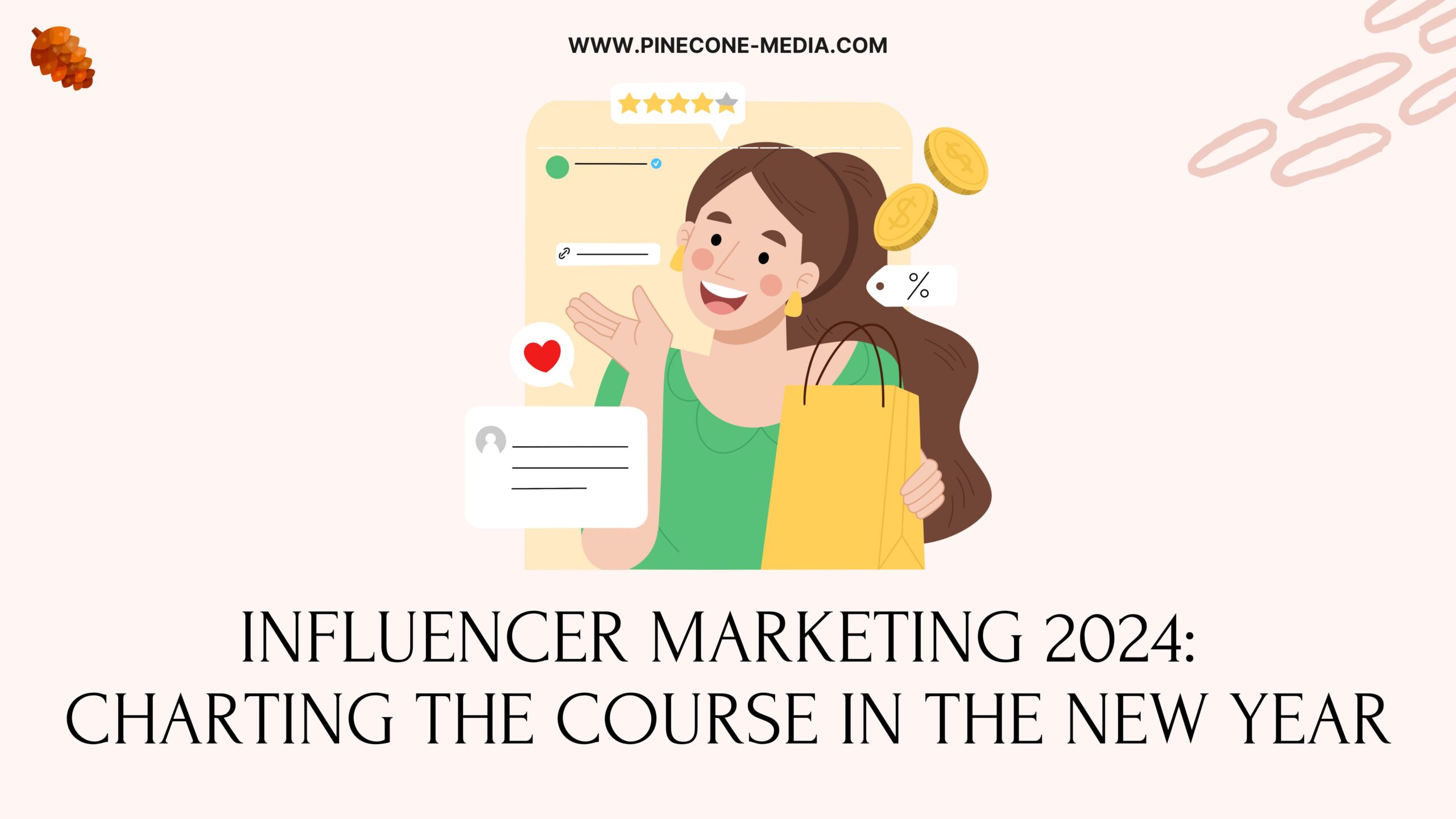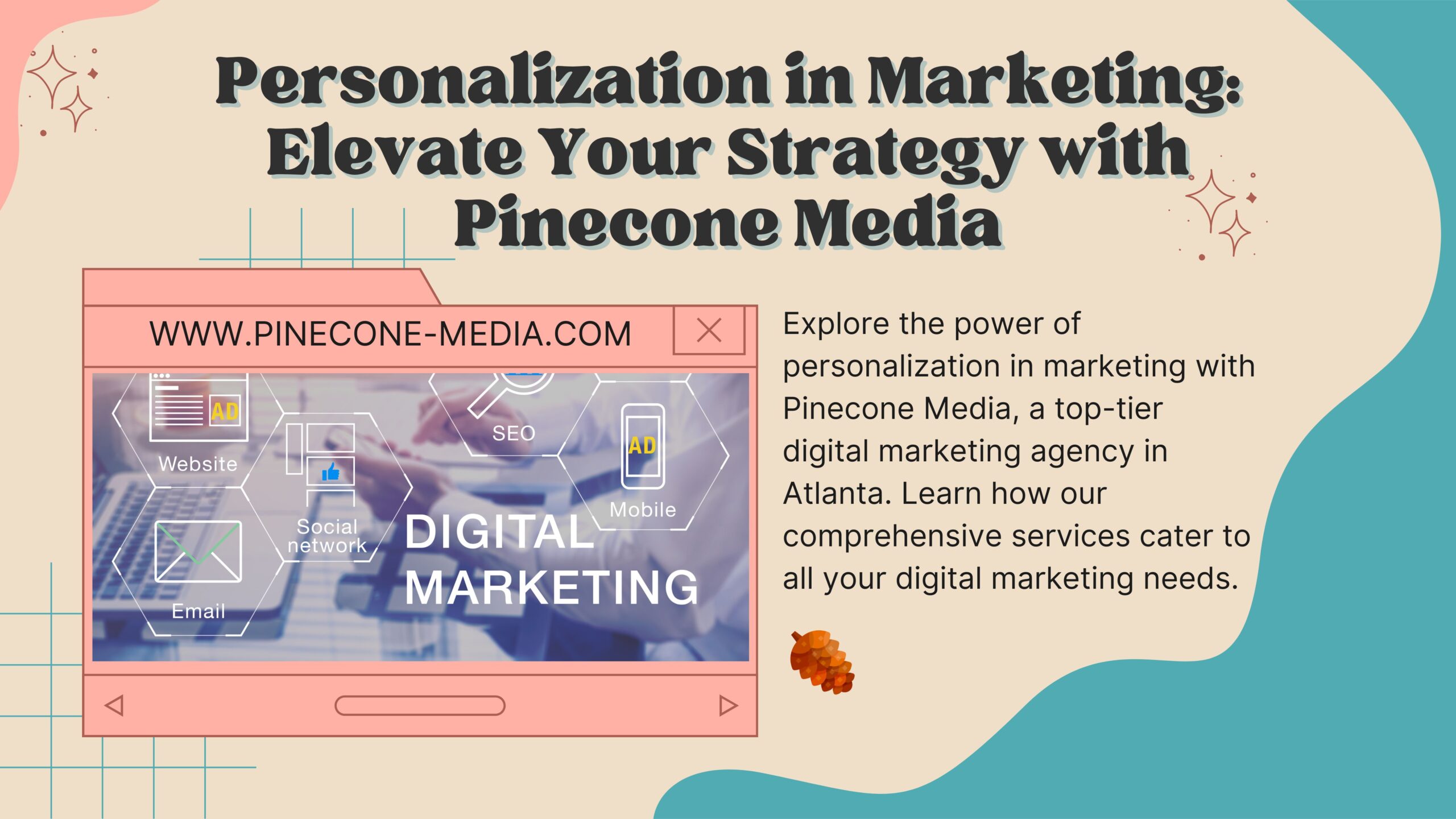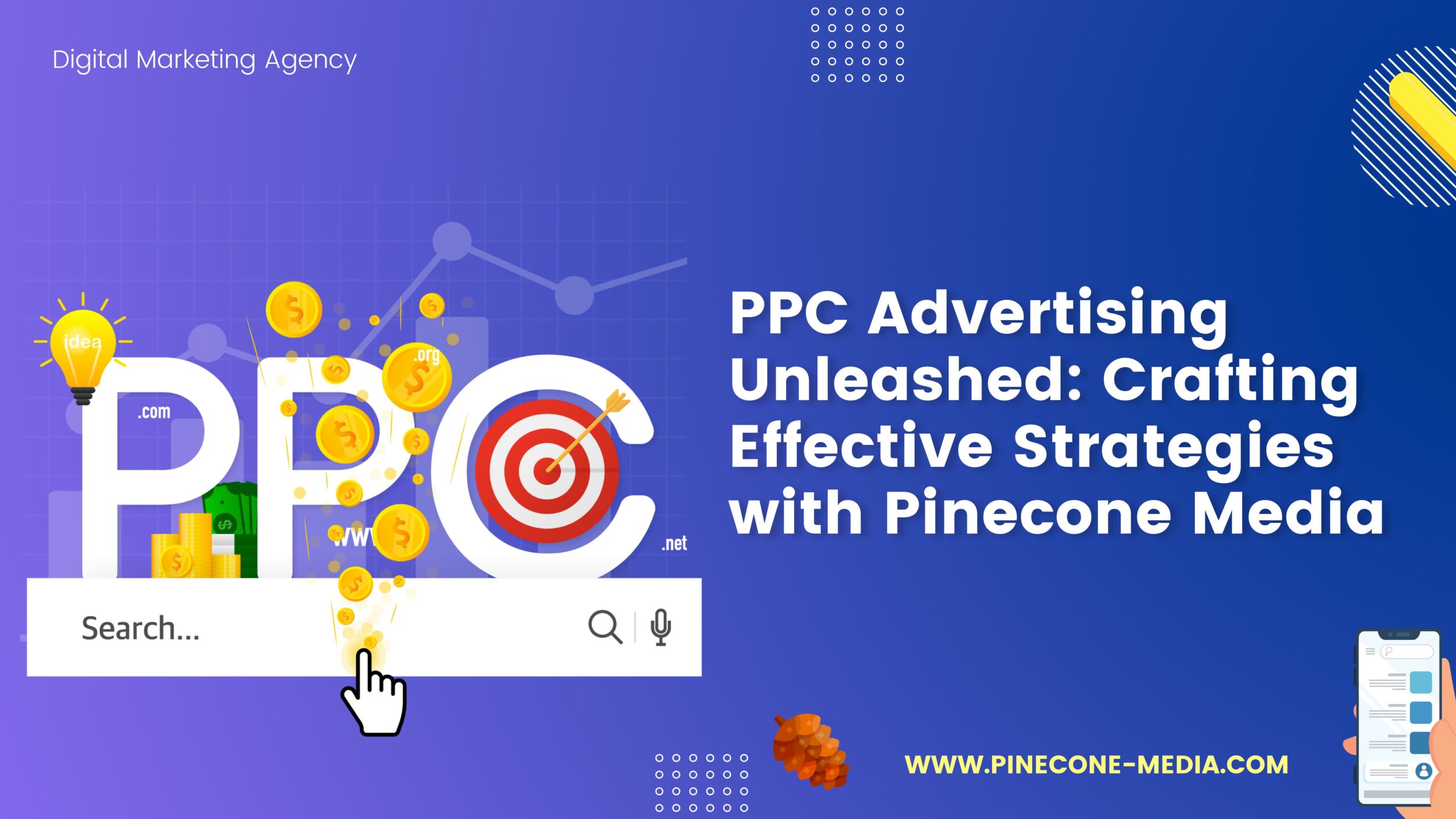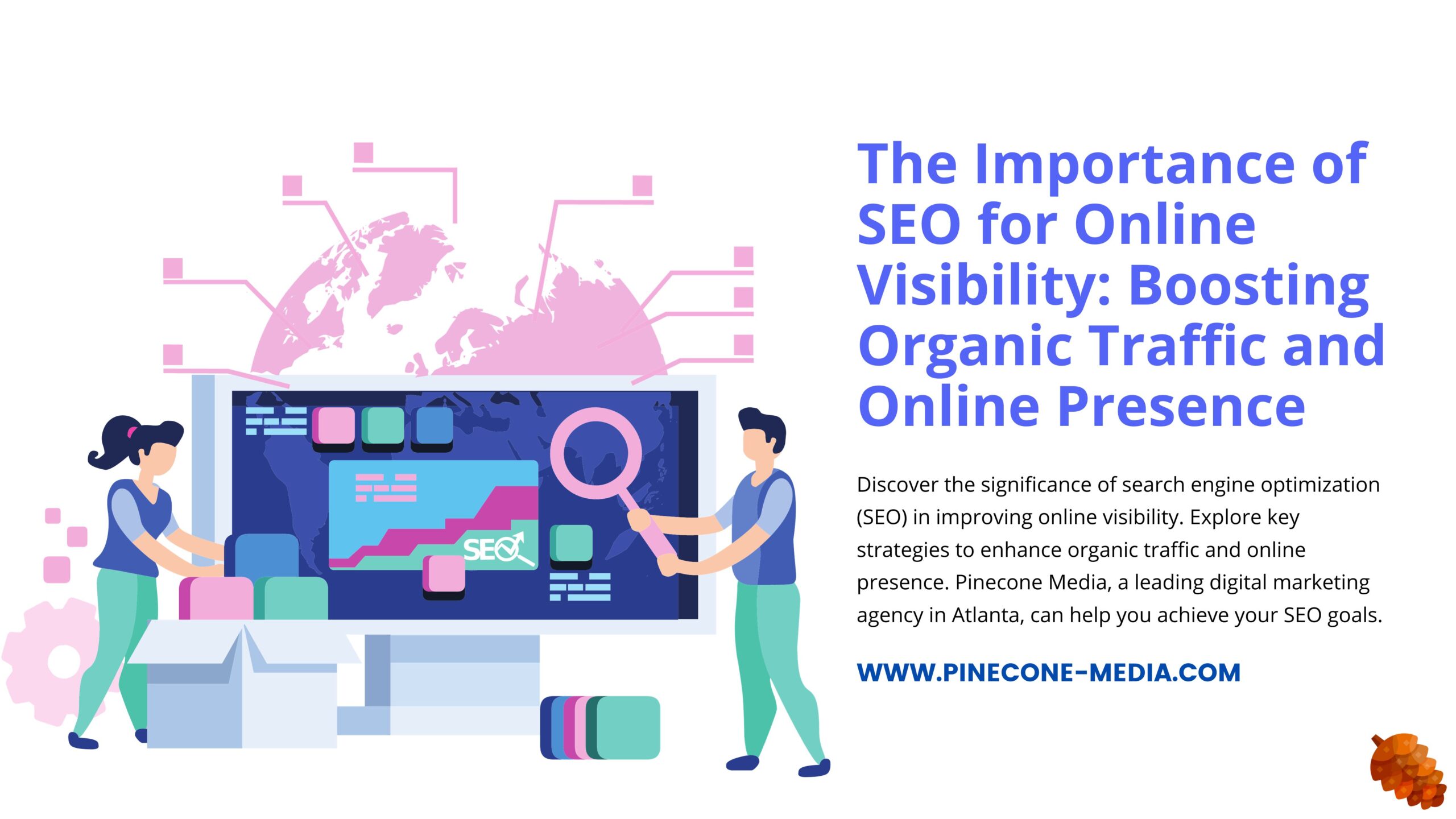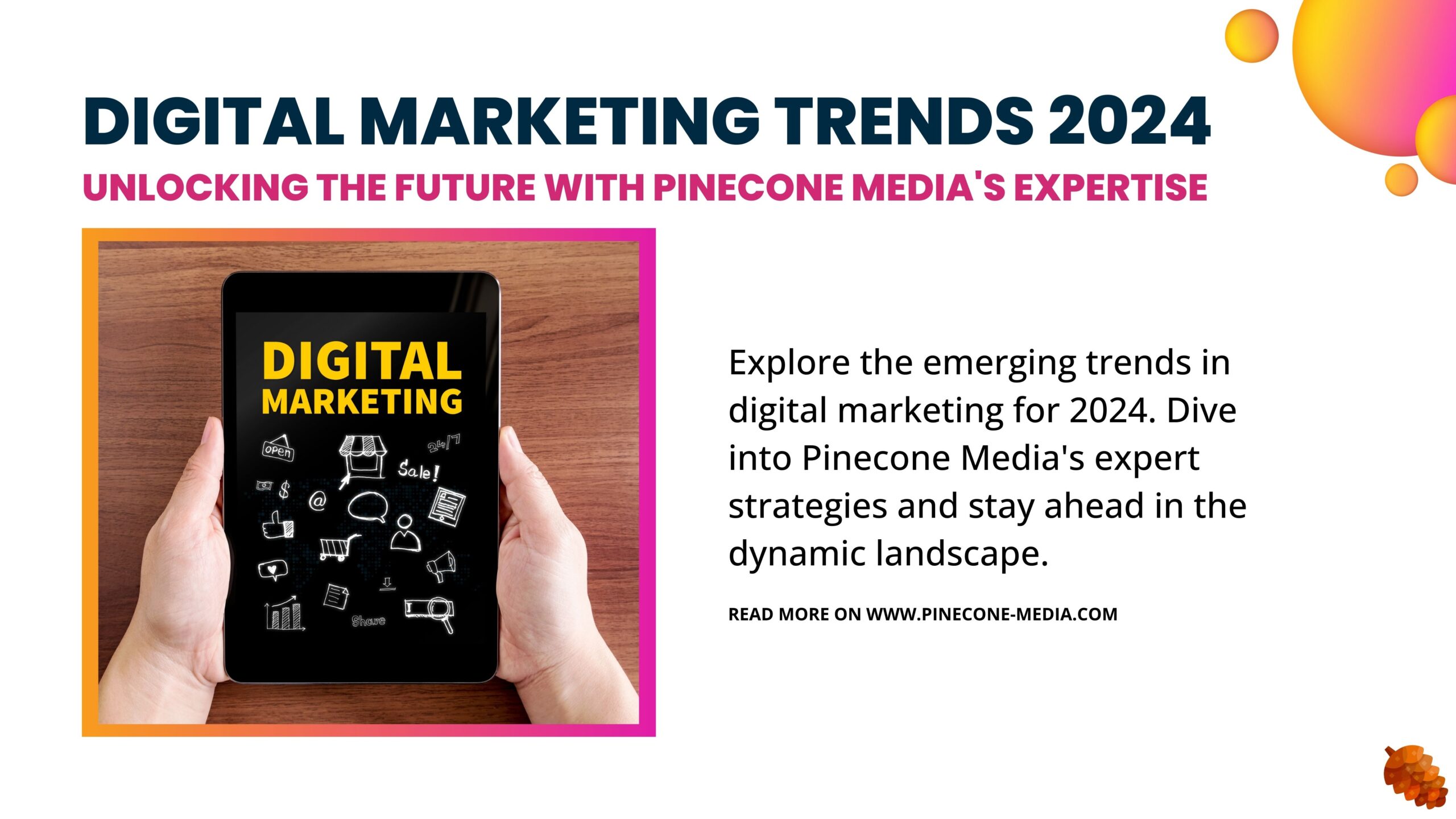Influencer Marketing 2024: Charting the Course in the New Year
As we embark on a new year, the realm of influencer marketing continues to evolve, presenting brands with both challenges and exciting opportunities. In this exploration of the future of…


